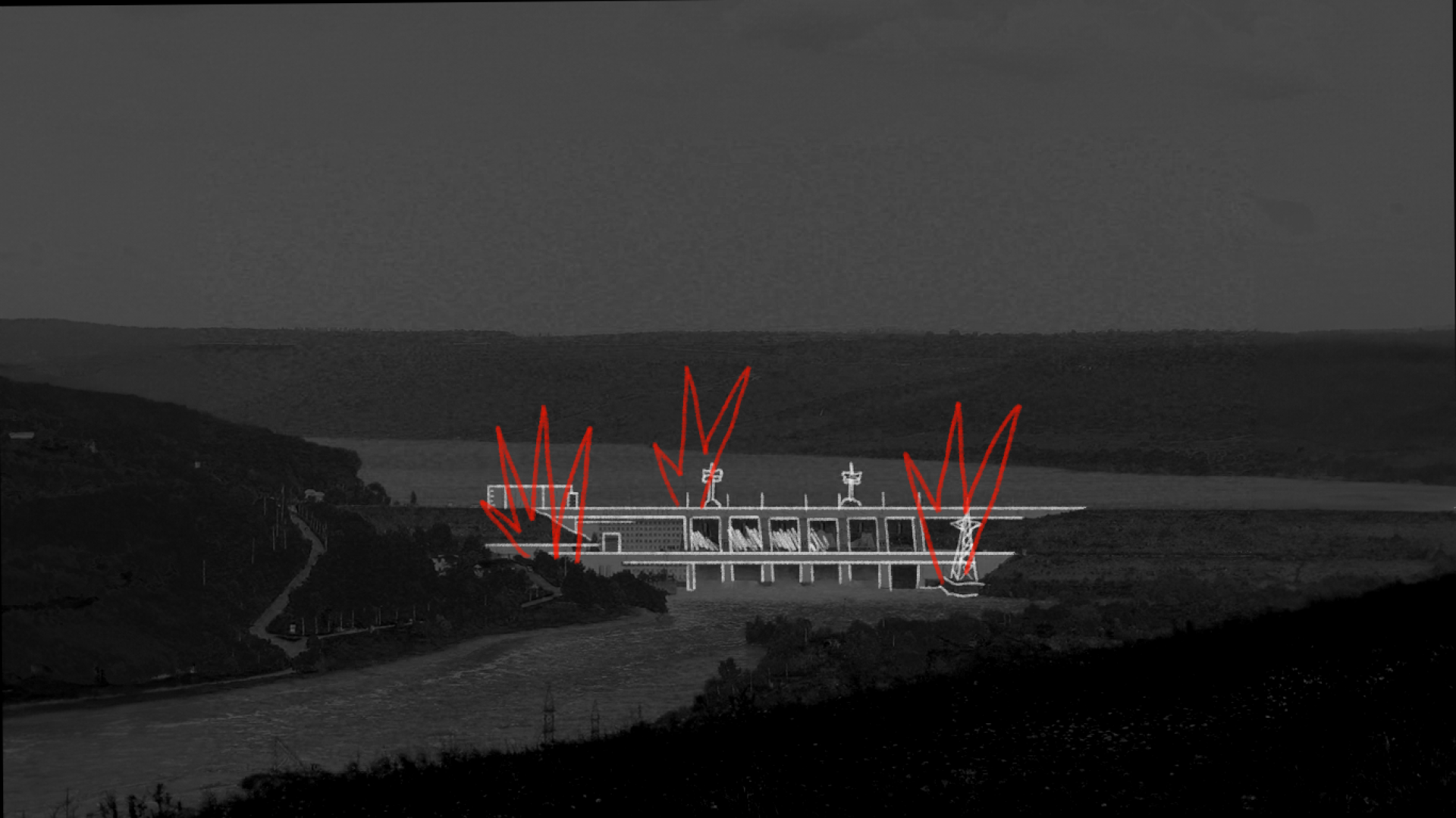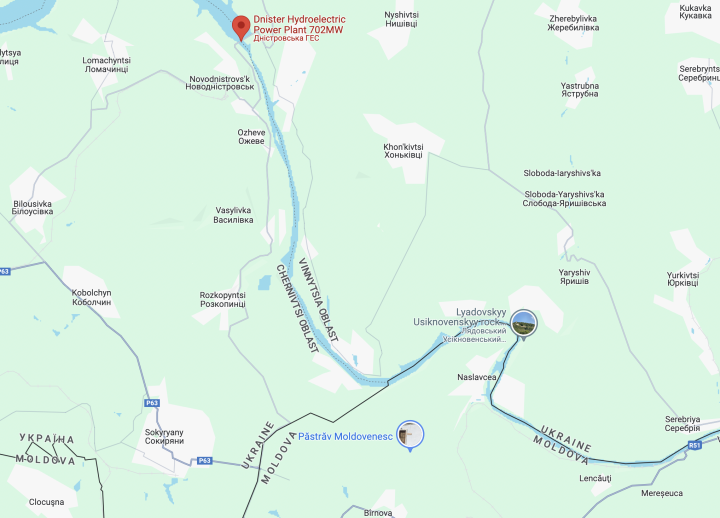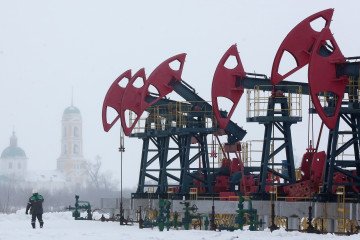- Category
- War in Ukraine
As Russia Continues to Target Ukraine’s Energy Infrastructure, the Dniester HPP Destruction Could Flood Moldova

In its assault on Ukraine’s energy infrastructure, Russia has set its sights on the Dniester Hydroelectric Power Plant, less than 20 kilometers from the Moldovan border. The destruction of this dam could unleash a flood, engulfing towns and triggering a humanitarian crisis in a nation already grappling with the spillover effects of the war next door.
In March 2024, Russia launched several massive shelling attacks on Ukraine, firing over 150 missiles at infrastructure facilities. Two missiles hit the Dnipro Hydroelectric Power Plant in Zaporizhzhia, causing significant damage that will take years to repair. Earlier, Russian forces had destroyed the Kakhovka HPP, the next plant in the Dnipro River’s cascade of hydroelectric power plants. The destruction of the Kakhovka HPP left thousands homeless and caused over $14 billion in damage.
Russia continued its attacks on Ukrainian hydroelectric power plants, targeting the Kanivska and Dniester HPPs on March 29th. The Dniester HPP received particular attention.
Since the full-scale invasion began, Russia has consistently ignored Ukraine’s borders. There are at least two documented instances of Russian missiles striking Polish territory, Shahed drones falling in Romania, and several missile incidents in Moldova. Russia has not acknowledged any of these events, seemingly accepting such consequences as inevitable. For Russia, borders are irrelevant in war, as are the repercussions of its actions.
The Dniester Hydroelectric Power Plant is located on the Dniester River in southeastern Ukraine, less than twenty kilometers from the border with Moldova.
The shelling of the station, and its potential destruction, threaten not only those living nearby but also neighboring Moldova. If the station is destroyed, the water would rapidly reach northern Moldova, flooding cities and villages.

Ukraine has already experienced a similar disaster with the Kakhovka HPP—after its destruction, the water surged dozens of kilometers, flooding Kherson and surrounding areas. Some villages were completely submerged. The destruction caused a humanitarian catastrophe in the region, with consequences felt as far as Odesa, over a hundred kilometers away. Dozens of tons of debris washed ashore in the city, carried by the water that swept away everything in its path.
The destruction of the Dniester HPP could have similar consequences, but this time for neighboring Moldova, a non-participant in the war. The country could face immense environmental and humanitarian losses, impacting thousands of its citizens. All because of Russia.
Despite one failed attempt, Russia is unlikely to stop trying to destroy the Dniester HPP. Why? Because destroying Ukraine’s energy infrastructure is a goal Russia has actively pursued since October 2022.
During the war, Russia occupied, damaged, or destroyed almost all of Ukraine’s thermal power plants and occupied one of its nuclear power plants—the Zaporizhzhia Nuclear Power Plant. Now, it seeks to destroy another critical component of the Ukrainian energy system—hydroelectric power plants. The Kakhovka HPP was completely destroyed, the Dnipro HPP was severely damaged, and strikes were carried out on the Kyiv HPP.
Throughout the spring of 2024, Russia has continued its strikes on Ukraine’s energy facilities. During the massive missile attack on May 8th, a gas storage facility and a thermal power plant in the Lviv region were damaged. Additionally, two hydroelectric power plants were damaged, their operations halted, and equipment fully destroyed. Energy facilities in the Kharkiv and Odesa regions are under constant shelling, and the largest thermal power plant in the Kyiv region has also been destroyed.
New strikes on energy facilities are inevitable. However, Ukraine can prepare by receiving more air defense systems and missiles. With these systems, Ukraine can protect itself and its neighboring countries. The main thing is to have the means to do so.
-29a1a43aba23f9bb779a1ac8b98d2121.jpeg)
-6359eca46c72bde40a90abaaadd6eaa8.png)


-206008aed5f329e86c52788e3e423f23.jpg)
